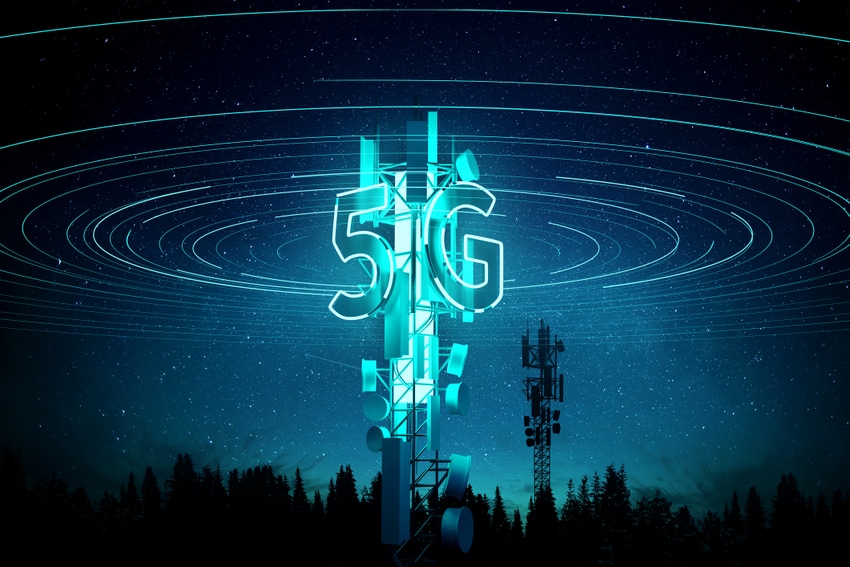The US now leads the world on 5G deployments, new data published this week shows. But you could forgive the Chinese for feeling aggrieved by the metrics used.
April 18, 2023

The US now leads the world on 5G deployments, new data published this week shows. But you could forgive the Chinese for feeling aggrieved by the metrics used.
The data in question comes from test and measurement specialist Viavi Solutions, the headline findings in whose latest 5G rollout study include the fact that the US has now pulled ahead of China in terms of the number of cities with 5G deployed. Specifically, 5G networks were launched in more than 200 US cities since May last year, taking the country’s total to 503, Viavi’s annual ‘The State of 5G’ report notes, while the number of 5G cities in China has been unchanged from 356 since June 2021.
It’s an interesting headline, certainly. But its questionable how much merit it has as a statistic. Indeed, even Viavi itself notes that the number of 5G cities in the US and China is just one aspect of the relative success of their 5G rollouts. China is still ahead in terms of data speeds, 5G subscribers and base stations deployed.
It doesn’t add – but perhaps should – that aside from data speeds its metrics lack meaning without context. Surely population size and the number of cities in any given country, for example, should also come into play when measuring 5G rollout.
That said, the data has merit in that it helps to paint a picture of the overall global 5G market. It shows that 2,497 cities in 92 countries now have commercial 5G networks, with 18 new countries having announced 5G launches in 2022, including some pretty big markets, like India and Mexico.
Further, Viavi used its numbers to declare that 5G has reached a tipping point globally, with more than half of the world’s major economies having deployed the technology. 5G networks are now active in 47 of the world’s 70 largest economies by GDP, it said.
The technology is not quite at the halfway point in terms of overall country deployments, but most heave either launched 5G, are undergoing pre-commercial trials, or have announced their plans. Just 48 countries have not made their 5G plans public, and they are mainly smaller island nations, Viavi points out.
Other highlights from its study include growth in standalone 5G, which was present in 45 operator networks as of January this year, up from 24 just 12 months earlier.
“2022 was 5G;s graduation year,” said Sameh Yamany, CTO at Viavi Solutions, in a statement accompanying the figures. “It evolved from being a developed markets phenomenon into a global phenomenon. On a technical level too, with a near doubling of Standalone 5G networks, the capabilities of 5G have expanded significantly and we can look forward to more sophisticated network and business capabilities from operators,” he said.
“In the coming year, a major focus will be network quality and the further development of Open RAN technologies,” Yamany predicts.
That’s a pretty good shout; there’s only so long consumers will be kept happy by the mere presence of 5G before they start looking for something more than just coverage. And operators are making a fair amount of noise about Open RAN, although admittedly its more of a phenomenon in some markets than others, so it could be a while before Viavi is able to declare a global tipping point there.
Get the latest news straight to your inbox. Register for the Telecoms.com newsletter here.
About the Author(s)
You May Also Like








.png?width=300&auto=webp&quality=80&disable=upscale)


_1.jpg?width=300&auto=webp&quality=80&disable=upscale)


.png?width=800&auto=webp&quality=80&disable=upscale)